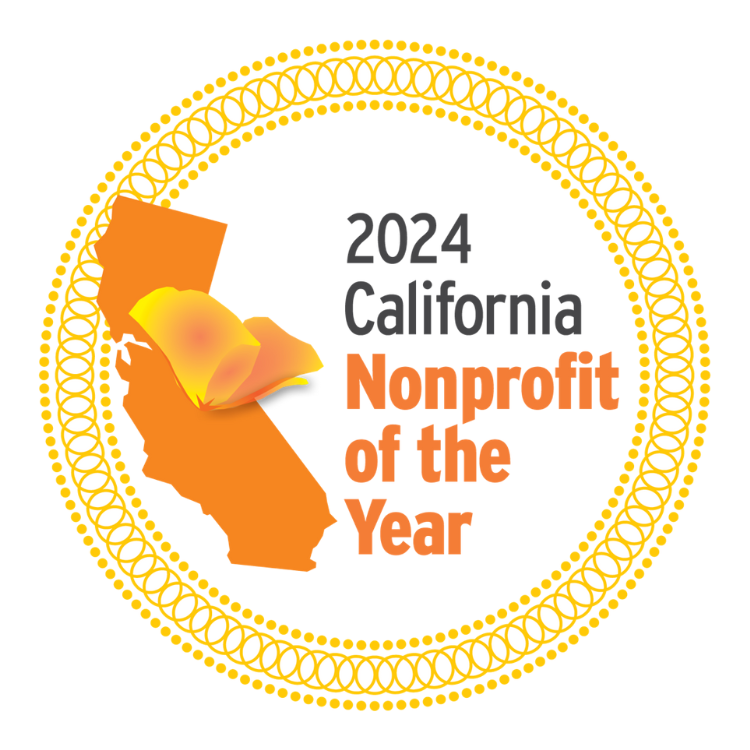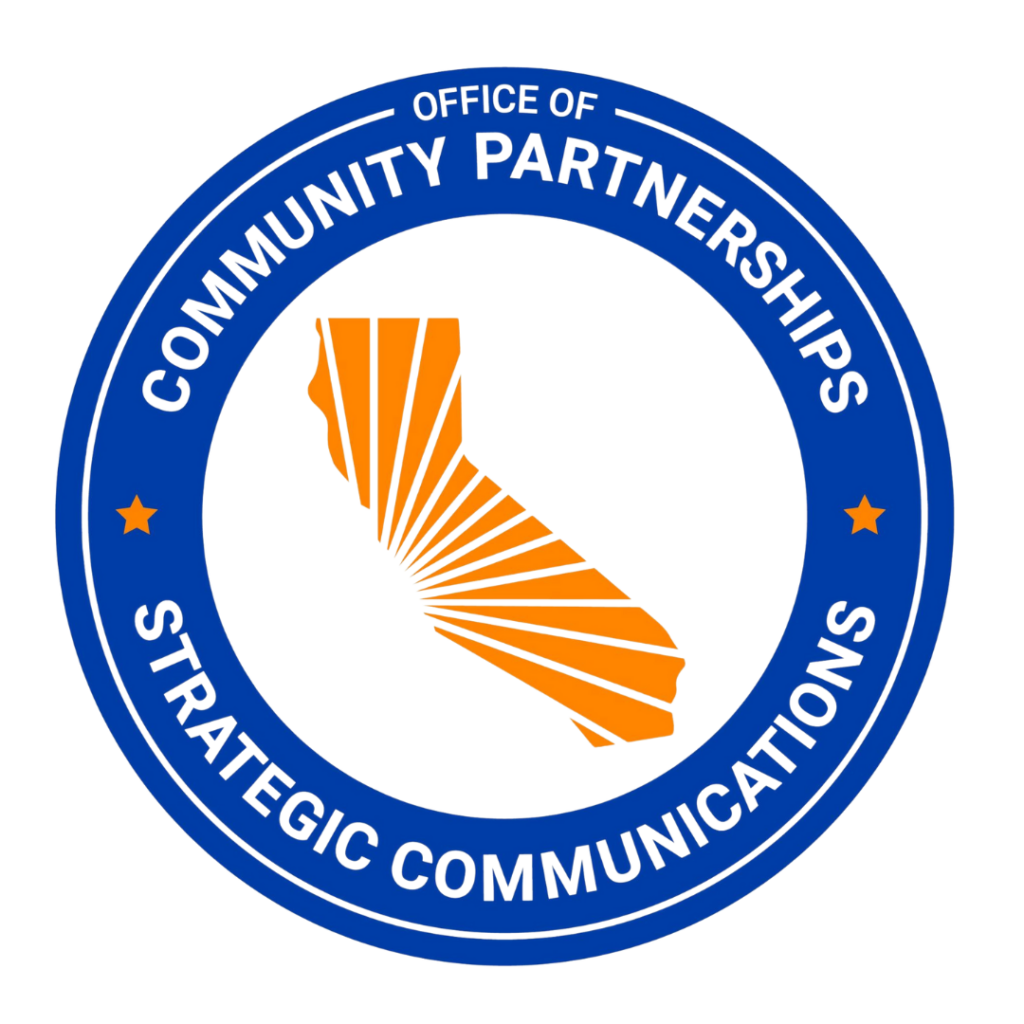 Last week WHALES took two classes of Intro to Environmental Science students from South Junior High in Anaheim to the Bolsa Chica Ecological Reserve.
Last week WHALES took two classes of Intro to Environmental Science students from South Junior High in Anaheim to the Bolsa Chica Ecological Reserve.
The students began with an informational hike and tour of the wetlands to learn about the importance of maintaining coastal wetlands.
After the students completed their hike, they participated in a restoration project where they removed trash and the Australian Saltbush; an invasive plant species that competes with native plants for resources.
 A trash buoy has been put in place in an attempt to keep debris from going into the reserve and ultimately, the ocean.
A trash buoy has been put in place in an attempt to keep debris from going into the reserve and ultimately, the ocean.
On the visit to the students saw first hand the very end of the Anaheim Bay – Huntington Harbor watershed— the Bolsa Chica Ecological Reserve. Many of these students live in this watershed and so, were able to see where the water from their local storm drains ends up, and the effects of trash pollution from storm drains on the wetlands.
 What is a Wetland?
What is a Wetland?
A wetland is an area of land that is naturally wet. They assist in flood prevention by holding water, much like a wet sponge. This is especially helpful during times of high rain fall and helps protect our coastlines in the event of an emergency, such as a tsunami, by lessening the speed at which the water can travel over the land.
In areas where the wetlands have been paved over water can travel across it at much higher speeds because there is nothing to hold it back, which can lead to costly property damage.
Why are the Bolsa Chica Wetlands Important?
The Bolsa Chica wetlands also assist in the purification of water from the Anaheim Bay – Huntington Harbor watershed before it reaches the ocean. The wetlands are not channelized (encased in concrete or cement) because of this plants grow within them. Plants absorb many nutrients and hold back excess sediment, keeping it from reaching the ocean and damaging shoreline habitat.
 The wetlands also provide habitat for bivalve animals, such as clams and mussels, which are incredibly great at filtering pollutants from water. The dirt in the wetlands is able to filter chemicals out of the water as it sinks back into the earth and replenishes our natural ground water aquifer.
The wetlands also provide habitat for bivalve animals, such as clams and mussels, which are incredibly great at filtering pollutants from water. The dirt in the wetlands is able to filter chemicals out of the water as it sinks back into the earth and replenishes our natural ground water aquifer.
Wetlands provide habitats for different birds, reptiles, amphibians, aquatic life, and even land mammals. They also provide a safe habitat for juvenile sea creatures to live until they are strong enough to survive in the ocean as well as, an important migratory rest stop and nesting grounds to many different bird species. During their hike through the wetlands, students were able to see juvenile California round stingrays, great blue herons, snowy egrets, great white egrets, cormorants, and brown pelicans.
We had a great time with the students from South Junior High in Anaheim. We enjoy inspiring young people to visit places like the Bolsa Chica Ecological Reserve so they can build personal relationships with these areas and other natural and wild spaces. These kinds of connections with the environment are just one ways students can learn to become environmental stewards.
Want to see more photos of this field trip? Check out our Facebook Page!






